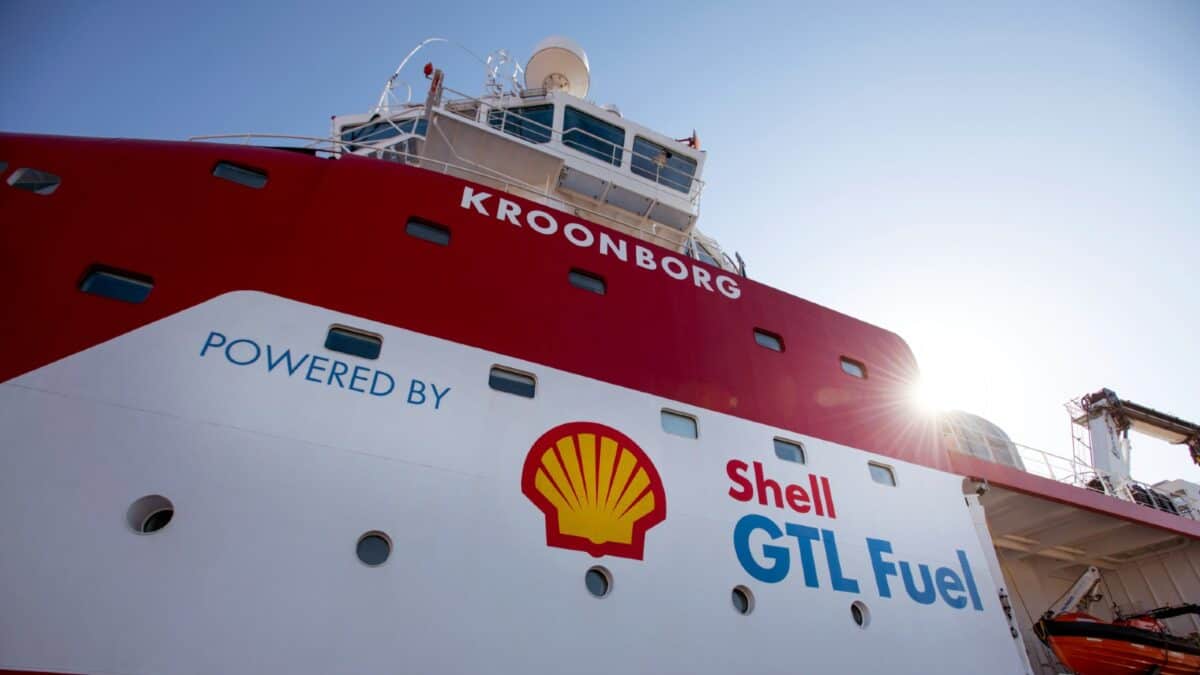Compared with the 99 other companies on the index, I think this FTSE 100 stock blows the competition away.
Here’s why I’ll be adding Shell (LSE:SHEL) shares to my portfolio when I next have spare cash to deploy.
Should you invest £1,000 in BP right now?
When investing expert Mark Rogers has a stock tip, it can pay to listen. After all, the flagship Motley Fool Share Advisor newsletter he has run for nearly a decade has provided thousands of paying members with top stock recommendations from the UK and US markets. And right now, Mark thinks there are 6 standout stocks that investors should consider buying. Want to see if BP made the list?
Drilling into the numbers
Shell’s financial resilience and commitment to shareholder returns cannot be downplayed. In its latest quarterly report, the oil and gas company announced robust adjusted earnings of $7.3bn for Q4 2023. That compares with $6.2bn in the previous quarter. These earnings were underpinned by strong operational performance and exceptional trading results for liquid natural gas (LNG).
With a cash flow from operations (CFFO) of $54.2bn for 2023, Shell has demonstrated its ability to generate lots of cash. It’s returning $23bn of that trove to shareholders (6.9 cents per share). This represents over 40% of its CFFO and is a testament to Shell’s prioritisation of shareholder value.
Its announcement of a 4% dividend increase and a $3.5bn share buyback programme signals confidence going forwards. These actions not only enhance shareholder returns but also reflect the company’s robust financial position and its ability to sustain and grow dividends. The company currently has a dividend yield of 4.2%, above the FTSE 100 average of 3.9%.
The price is right
Comparing Shell’s valuation metrics with its international peers shows the value on offer. With a price-to-free-cash-flow ratio of 7.10, Shell appears undervalued. That is especially true when comparing with rivals like TotalEnergies (11.31), ExxonMobil (12.31), and Chevron (14.47).
This discrepancy suggests that Shell’s stock might be trading at a discount. I sense this could be a favourable entry point for investors like me seeking value in the energy sector.
Where is the oil price going?
The oil and gas sector faced major challenges in 2023. Those included political pressures and fluctuating energy prices. But one seasoned analyst says the outlook for 2024 is more promising.
Independent commodities expert Jeff Currie is predicting a shift back to stricter environmental policies and reduced oil and gas imports from hostile regimes in 2024 and beyond. That could potentially tighten supply and drive oil and gas prices back up.
As inflation soared over the last two years, Western governments forgot about their green commitments for a more “drill baby drill” approach, according to Currie. They also became more open minded about buying energy from rogue states. But with inflation prints coming in colder, Currie argues we could see the environmentalists taking back control and a renewed intolerance of overseas despots.
To Currie’s credit, this seems to already be playing out on a small scale. Just last week the US signalled it was considering putting sanctions back on Venezuela, a major oil exporter, despite having lifted them only last year.
Weighing up the risks
Investing in Shell, or any oil and gas company, comes with substantial risks. The potential for windfall taxes and the cyclical nature of the energy sector are ominous factors. Governments may target oil and gas companies as an easy source of additional revenue, as seen in the UK following the spike in energy prices created by the war in Ukraine.
Moreover, economic downturns can reduce energy consumption, impacting Shell’s performance.
Despite these risks, I believe Shell’s strategic positioning, financial strength, and commitment to shareholder returns make it a compelling addition to my portfolio.








